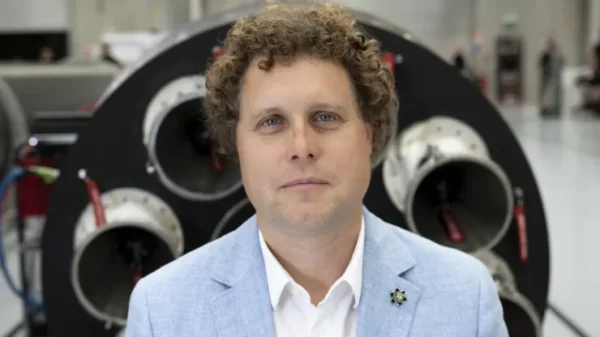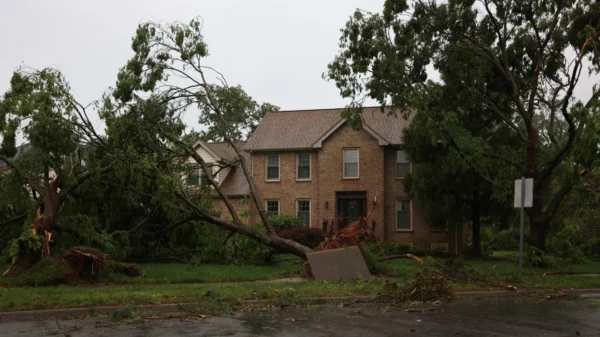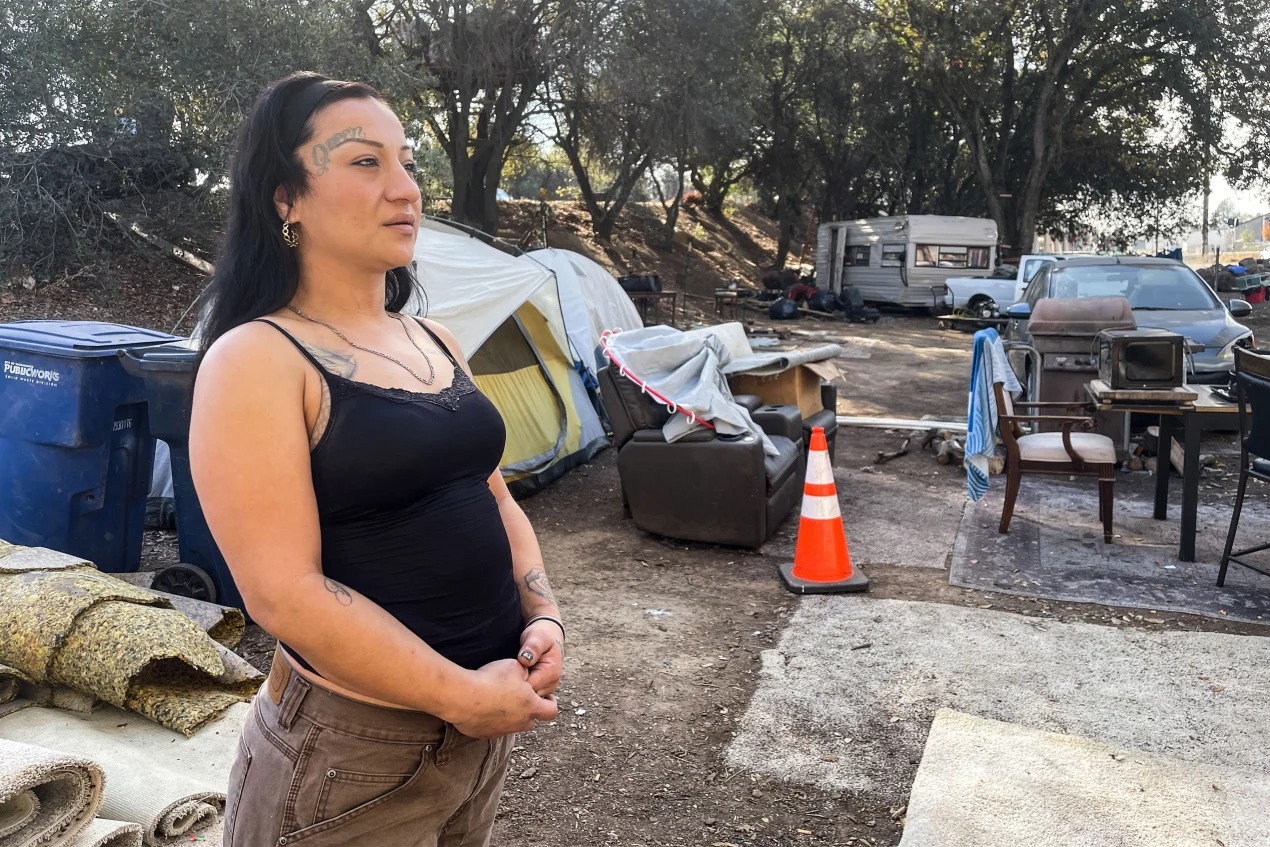SACRAMENTO, Calif. — Driving through the industrial outskirts of Sacramento, a stretch of warehouses, wholesale suppliers, truck centers, and auto repair shops northeast of downtown, it’s hard to square California’s $18 billion investment in homeless services with the roadside misery.
Tents and tarps, run-down RVs, and rusted boats repurposed as shelter line one side of the main thoroughfare. More tents and plywood lean-tos hug the freeway underpasses that crisscross Roseville Road, and spill into the nearby neighborhoods and creek beds.
At one of the more established encampments, Daisy Gonzalez used canvas and carpet scraps to fashion a living room outside her cramped RV. Inside, Gonzalez took a quick hit of fentanyl, and turned to a mirror to apply a fresh face of makeup. As the opioid coursed through her body, her anxiety settled, her thoughts grew more collected. But she knows the addiction can’t end well and recounted a half-dozen failed attempts to get clean.
“I really need to get off this ‘fetty’ and stay clean, but it’s so hard out here,” said Gonzalez, 32, her eyes welling. She turned back to the mirror, finishing her eye makeup. “I want to get help and find a program, but there’s no treatment around here. It seems like nobody cares.”
Across California, homelessness is impossible to escape. Steep increases — Sacramento County saw a 67% rise in its homelessness count from 2019 to 2022 — have so far blunted unprecedented government efforts to fund housing and treatment for people living on the streets. And although some communities have made progress, statewide the gravity of the crisis has deepened.
Encampments have mutated into massive compounds proliferating with hard drugs and untreated mental illness. “Isn’t there supposed to be all this money and housing?” asked Gonzalez’s boyfriend, Joe Guzman, an ex-convict who enforces rules for their encampment. Guzman said he has experience in construction but can’t find a job because of a felony drug record.















































